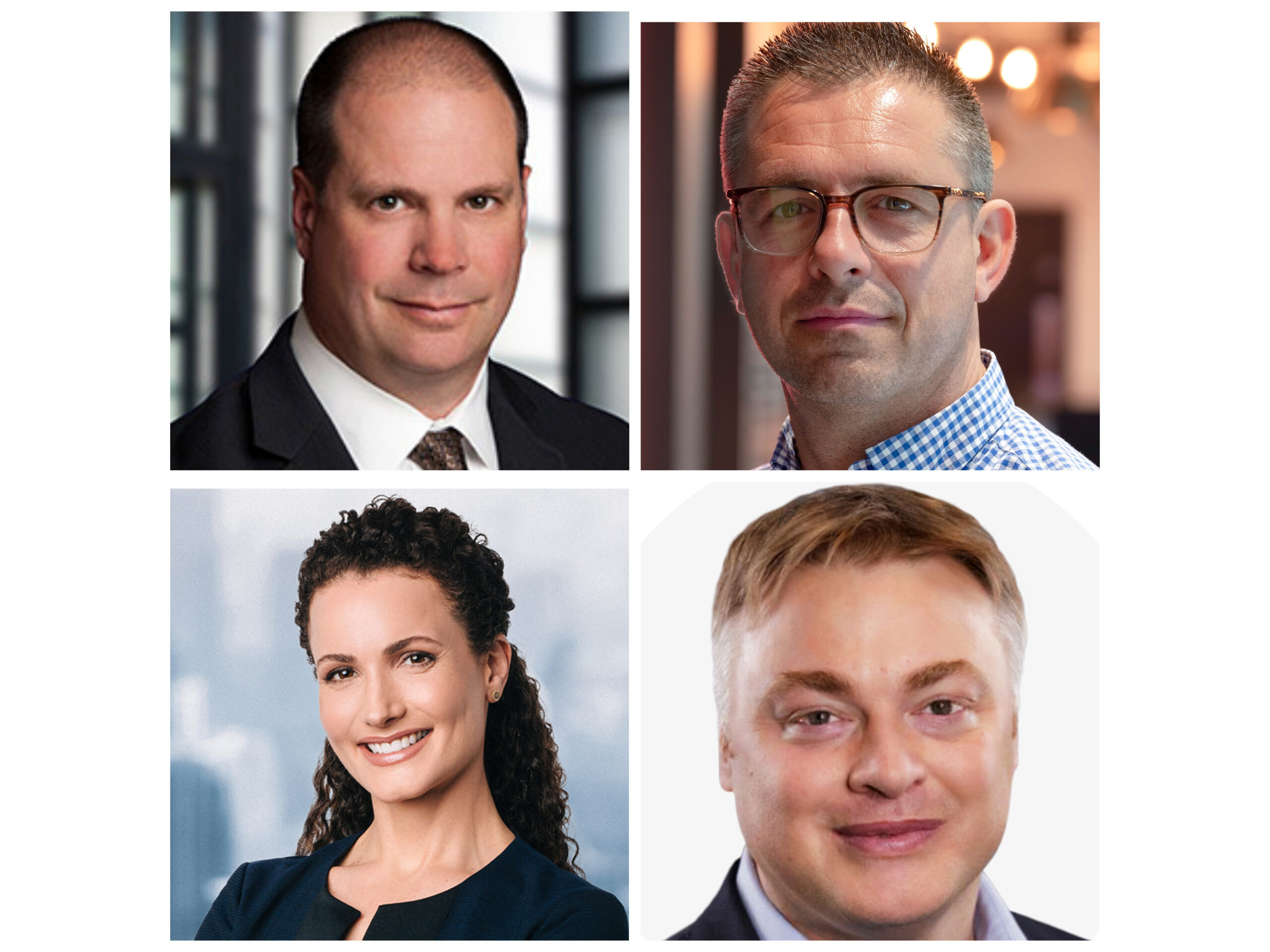Sponsored: Global Risk Consultants
Building a New Facility? These 7 Risk Mitigation Mistakes Could Cost You.

When it comes to managing risk, there are four options: accept the risk, ignore or dismiss the risk, transfer the risk, and lastly, mitigate the risk.
“You can’t insure away all your risk,” shares David Nugent, Manager of Code and Project Services for TÜV SÜD Global Risk Consultants (GRC). “Sophisticated companies understand that meaningful risk mitigation is crucial to long-term success. Managing a host of property, safety and environmental exposures usually requires spending money on improvements to aging facilities and equipment.”
But, if executed without thorough planning, renovating or building a new facility can introduce unforeseen safety risks or, at the very least, waste precious budget dollars. When building a new facility or retrofitting an old one, making any of these seven critical mistakes can result in significant losses:
1. Not prioritizing your Capital Expenditure (CapEx) investment to ensure maximum risk reduction.
Budgets for maintaining or upgrading property and equipment are limited, and as such these dollars should be maximized by choosing the projects that will have the most significant impact on reducing the risk profile. Most importantly, projects should be planned with the primary goals of reducing safety and environmental threats. Capital improvements without risk reduction offer little return on investment.
“There’s no point in making improvements if they don’t reduce your risk,” Nugent explains. “Prioritizing where to spend your budget is determined through an enterprise risk assessment.”
“The first place to look would be those exposures that present the greatest threat to safety. Injuries or loss of life are completely unacceptable. Next, look at the top environmental exposures. Finally, examine the building codes in your area to see if you’re at risk of incurring government penalties.”
2. Not involving local authorities with jurisdiction in the planning process.
Building codes vary by jurisdiction, and failure to adhere to these codes could result in costly fines or extra expenses to adjust construction plans. Involving local authorities early can help to spot and resolve potential issues and avoid change orders.
“Code officials who have legal responsibility to their jurisdiction — like the fire marshal or the building code authorities — have to know what changes you plan to make to your facility and how you operate your plant,” Nugent shares.
“In some countries, they’ll shut you down on the spot if your projects violate local codes. Involving these people as stakeholders can reduce unnecessary complications during and after completion of the project.”
3. Not involving all internal stakeholders in scoping projects.
The CFO, risk manager, health and safety professionals, and the business unit manager in charge of the facility should all be involved in planning construction projects. Their input helps to set goals that are not only meaningful, but achievable.
“These people all need to be mindful of the enterprise risk evaluation and have some say in it. Only if all of these groups buy in to a project does it get the funds needed to execute it,” explains Nugent.
Insurance carriers should also be consulted to ensure the facility meets any risk management standards dictated by a policy.
“They’re the ones that are insuring some of the risk. They have to accept the risk, and it may have an impact on your premium and the conditions of your policy.”
4. Bungling bid documents through lack of detail.
Change orders cost time and money. Detailed blueprints should clearly define what improvements are taking place. Project plans are also what contractors bid on, so clear and specific plans are necessary to ensure that bidding contractors understand the scope of work and quality expectations from the get-go.
“Preparing detailed drawings with associated specifications that clearly define what improvements you’re making should help avoid change orders that delay project timelines and incur expenses for extra time and labor,” Nugent shares. “These documents may also act as a defense in the future if a construction defect is discovered due to a contractor’s shoddy execution.”
5. Hiring contractors that lack local expertise.
The best-laid plans go to waste without a skilled contractor. Comparing multiple bids line by line is a best practice, as is selecting a contractor with knowledge of local building codes. Contractors experienced with their jurisdiction’s building regulations can help ensure compliance, and may also be able to leverage relationships with local suppliers to get better pricing.
“Itemize work plans and marry up the bids — at least three — against the prepared specifications to ensure that contractors are bidding on what they were asked to bid,” explains Nugent. “A very critical piece here is selecting the right contractor with a good reputation who will adhere to your contract.”
6. Unknowingly buying and installing counterfeit equipment.
Untrustworthy distributors may sell counterfeit materials of lower quality. The problem is most common overseas, as the stringency of quality assurance varies by nation. Not only does this cheat the client out of limited budget dollars, it also increases the risk of defect.
“If you’re installing counterfeit equipment, it may look right, but it didn’t go through a battery of tests to check its quality. There’s a leap of faith there by assuming that the equipment you’re installing is properly listed or approved,” Nugent points out. “If you introduce counterfeit equipment into the mix, then all bets are off.”
Best practices include: ordering materials directly from the manufacturer, having them delivered directly to the job site, and thoroughly testing the materials for quality.
7. Overlooking environmental exposures created by capital improvements.
Any new construction project or lasting building improvement must consider the impact to the surrounding environment. Case in point: when one chemical facility broke out in fire, the newly-installed sprinkler system extinguished the flames and prevented extensive property damage — but, it also washed toxic chemicals into a nearby river, which further impacted downstream communities for miles.
“Chemical companies should be aware of changing zoning laws in their immediate area, as residential occupancies can encroach on the property line of the plants,” says Nugent. “Companies should take that into consideration and perhaps augment their protection scheme to reduce the risk to nearby residents who are just innocent bystanders.”
The Right Way to Do Things
Mismanaging the retrofitting of old facilities or construction of new ones can have severe consequences, including anything from regulatory action, business interruption, reputation damage, environmental damage, and even injury and loss of life.
Relying on engineers that can manage the spectrum of project planning helps to identify and avoid costly issues before it’s too late. TÜV SÜD GRC’s engineers are uniquely positioned to help avoid these errors.
With an average 25 years of experience from diverse technical backgrounds, including time with carriers, TÜV SÜD GRC engineers possess a unique mix of industry-specific expertise and the risk awareness needed to maximize budgets for the greatest risk reduction.
“Our people come from all walks of life in the risk world and the engineering world, and that’s what they bring to the table,” Nugent shares. “Experience enables them to see projects through from concept to completion.”
It all begins with an enterprise risk assessment, identifying goals, preparing bid documents, and working with local legal counsel and procurement teams. This process continues all the way through management of the project itself, including adherence to budget and quality standards.
“Insurance entities and independent engineering firms may do pieces of this, but we are unique in handling the entire process in-house,” concludes Nugent. “No one else has that capability.”
To learn more, visit http://www.globalriskconsultants.com/services/code-and-project-services.html

This article was produced by the R&I Brand Studio, a unit of the advertising department of Risk & Insurance, in collaboration with TÜV SÜD Global Risk Consultants. The editorial staff of Risk & Insurance had no role in its preparation.










